Planning: Demolish and Rebuild a Replacement House
Whether you’re building in a urban area or out in the countryside, planning policies should generally allow you to replace one house with another.
Replacing an existing house by demolishing and rebuilding is a great way to create a self-build project, especially in the countryside where good plots are scarce.
The sticking point is that the economics of demolition and rebuild don’t always stack up, unless you can build a much larger house than the one you’re demolishing.
But with planning policies often placing tight restrictions on the size of replacements, what can be done to maximise on the opportunities that are out there?
Demolish and rebuild basics
You can sweep up both planning permission to demolish (which is needed for houses) and permission for the new house in one application.
In the countryside, planning policies are specifically designed to prevent building new houses. Exceptions are houses needed to serve agricultural enterprises, conversion of existing buildings, and replacing an existing house with a new one.
Don’t think about demolishing first, then applying to rebuild because (especially in the countryside) the existing house is the only reason you can build a new one. Lose this and you could lose the right to rebuild.
Rural policy on replacement houses
Planning policies vary from council to council, but most have a specific policy in their local plans or new-style local development frameworks that sets out the circumstances in which replacements can be allowed.
Policies are inevitably more restrictive in areas like National Parks, Green Belts, and Areas of Outstanding Natural Beauty, and remember that you won’t be able to demolish and replace a listed building.
The big pitfall to avoid is buying a derelict house that is too far gone to be considered suitable for rebuilding. Where a house is little more than a ruin, and perhaps hasn’t been lived in for decades, planners could decide that the residential use of that property has been abandoned. If in doubt, check with the planners or take professional advice before you buy anything in this state.
Typically, rural replacement policies aim to ensure a replacement house is no more intrusive in the countryside than the original house. This is achieved by restricting the size of the new house, controlling its position on the plot, and by ensuring the design is suitable for a rural location.
Size restrictions can vary. Some are quite vague, stating that the new house must be ‘comparable’ in size or ‘not significantly larger’. Others are more specific, referring to percentage increases in volume or floor area. Some refer to height, bulk and mass.
Many turn to the ‘original house’, which might be as it stood in 1948, or a later date, perhaps even when the policy first came into being. This type of replacement house policy can be very restrictive, especially if the structure has been extended beyond its ‘original’ size.
The golden rule is don’t just check your local council’s policy, talk to a planning officer to find out how that policy in usually interpreted.
Maximising opportunities
A good starting point is to establish whether the existing house could be extended without the need for a planning application by taking advantage of permitted development rights.
In areas like Green Belt, where replacement policies are particularly stingy, permitted development rights to extend can provide an effective argument for allowing a replacement that goes beyond policy limits.
It’s usually not enough to just argue the point though – you need to demonstrate it by producing a drawing of how the house could be extended and present it as a viable option that you’ll pursue if the council insist on restricting the size of your replacement to something smaller.
Once you’ve established the starting point for comparison of the existing house and the replacement, there are various ways you can maximise the size of your replacement building.
The key is to give the planners what they want – a new house that isn’t significantly more obtrusive than the original or is even less obtrusive while actually being much larger.
There are several ways to achieve this. The first step is to have a closer look at the house that is to be replaced. How does its height, bulk and appearance compare with the house you want to build? If the new house is taller, bulkier or more prominent, you can reduce its impact by reducing the pitch of the roof, so lowering the ridge height, for example.
If it’s a two-storey house, consider lowering the eaves, or keeping all first floor rooms within the roofspace. If the roof has gable ends, put in full hips, or smaller barn hips, to reduce its bulk. If possible, sink the floor level below that of the original house, to minimise the ridge height.
You can gain extra floorspace by including a basement – although some councils add this onto the overall floor area, unless it’s something like a plant room as opposed to additional living accommodation.
Finally, look at ways to enhance the setting of the house with landscaping. A combination of all these factors could result in a substantial reduction in height and bulk, achieved without sacrificing floor area.
Outbuildings are often taken into account when calculating overall floorspace on the site. A garage within five metres of the house would generally be counted as part of the house. Otherwise, removal of garages, workshops, sheds and the like can all be offered as part of your package of enhancements to the site.
Re-positioning the new house can reduce its visual impact, for example moving it further away from the road to a position that’s better screened by vegetation, or to a lower-lying part of the garden. There could be a highway safety advantage to re-positioning, or an amenity benefit if an existing house relates poorly to a neighbour.
Re-positioning also opens up the possibility of staying in the original house while you build the new one. Most councils allow this –subject to suitable safeguards – to ensure you don’t end up trying to keep both houses.
Urban replacements
In built-up areas councils rarely have planning policies that relate specifically to replacement of existing houses.
In practice the same planning considerations that would apply to building a new house apply to a replacement. Namely blending with the character of the area, preserving the amenities of neighbours etc. The exception is in conservation areas where knocking down any building requires conservation area consent for demolition, as well as the normal planning consent to build.
Planning policies favour making the best use of land for housing in built-up areas. The emphasis is on building upon so-called ‘previously developed land’. Existing houses and gardens now fall outside of the definition of previously developed land, but they are nonetheless suitable in principle for redevelopment and the requirement to make efficient use of land remains.
So, you might well be able to build a significantly larger house on a plot, or even build two or three where there was one before. The potential difficulty here is that councils might actually insist on two or more units in preference to a single, larger replacement. This is especially true in town centre locations.
A suitable house for replacement might be a run-down property where rebuild is the only economic way forward. The odd house in the block would be a prime example, such as a bungalow in a row of two storey houses, or a small house on a large plot.
In high value areas look for opportunities to add accommodation by including attic rooms or a basement in your replacement.
Economics tends to be the driving factor. You’ve got to buy cheap and add a lot of value to make the exercise worthwhile. A good eye for property prices and market trends is invaluable in spotting the best opportunities.

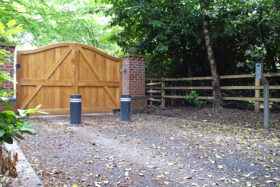




































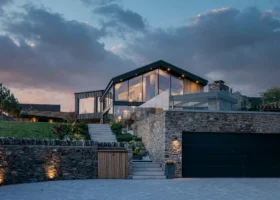

























































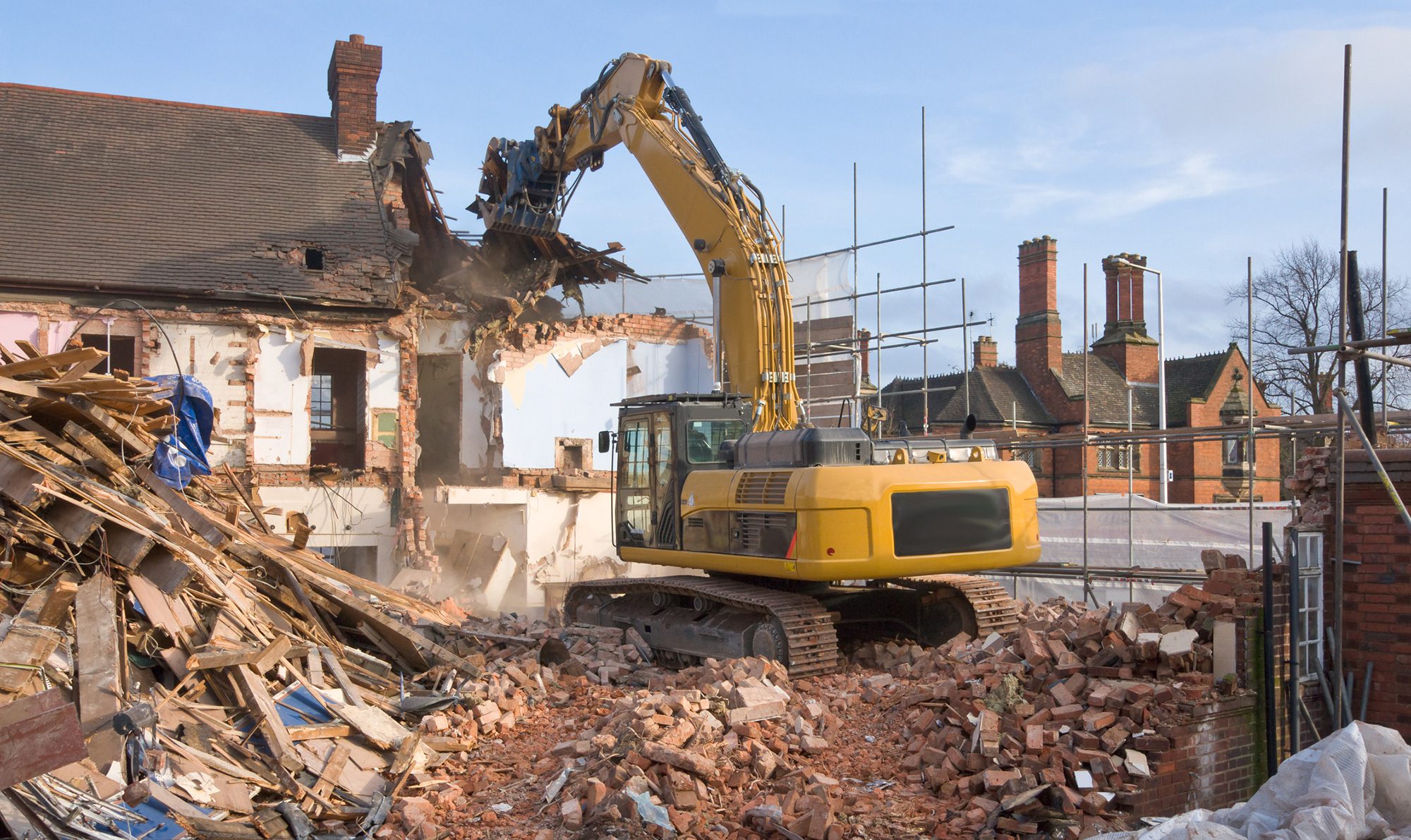
 Login/register to save Article for later
Login/register to save Article for later



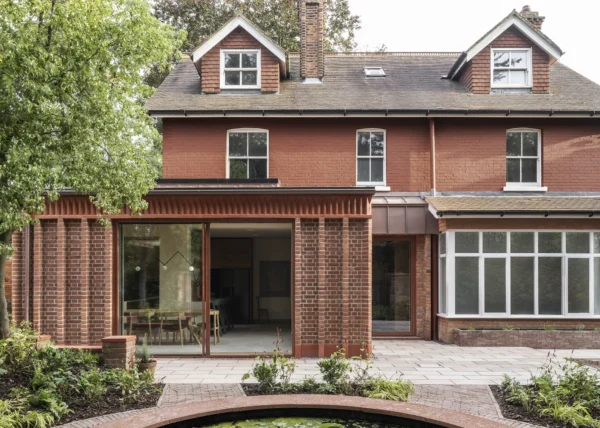
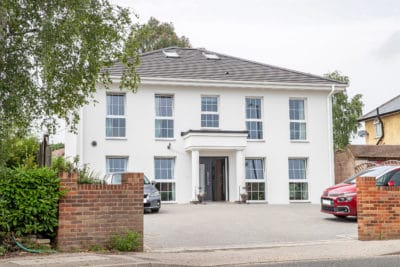

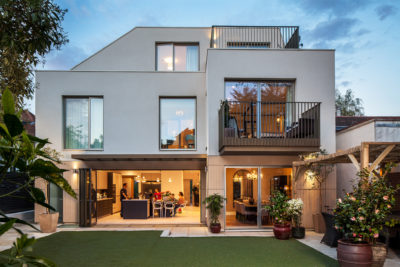
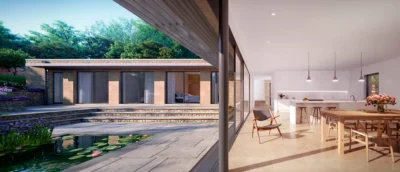





Comments are closed.